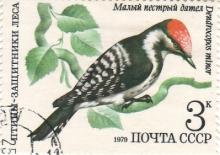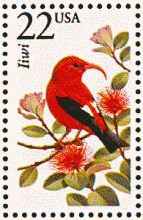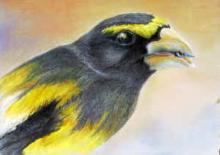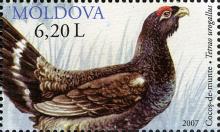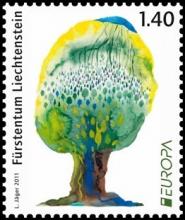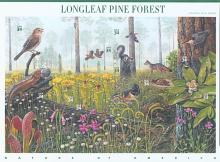The lesser spotted woodpecker has suffered a massive decline of over 50 per cent in Britain in the past 25 years
A threatened bird, rarely seen in the south, has been recorded and ringed by the West Wilts Bird Ringing Group. Volunteers, who were working in Wiltshire Wildlife Trust’s Ravens-roost Wood nature reserve, near Malmesbury, recorded and ringed a first-year male lesser spotted woodpecker Dendrocopos minor – the smallest and rarest of the three woodpeckers which can be found in Britain. Once common, the tiny woodpeckers are said to have suffered a massive decline of over 50 per cent in the past 25 years. According to the RSPB, there are only about 1,400-2,900 breeding pairs of lesser spotted woodpeckers in the UK.

